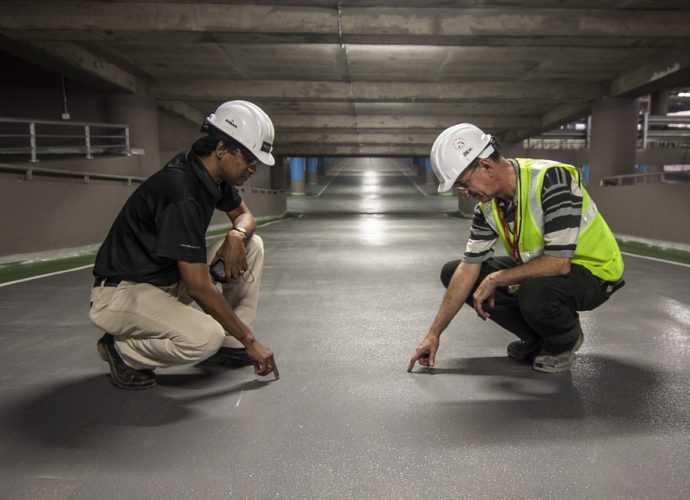Shortages of workers in Britain’s economy have increased since 2013 as unemployment has fallen to its lowest since 1975.
As reported by Reuters, the UK’s Migration Advisory Committee (MAC) recommends that jobs similar to those done by 9% of workers in Britain should be put on an immigration shortage list, up from less than 1% in 2013.
Commonly sought engineers, IT specialists and medical practitioners are now complemented by environmental professionals, STEM teachers, informaticians, chefs, vets, archaeologists and architects. A full job shortage list is available on the UK government’s website.
Inclusion on the shortage occupation list would mean employers no longer needed to prove they were unable to hire a British worker to do the job, and shortage workers would have priority over some other immigrants if quotas applied.
The MAC’s recommendations are not binding, but the government has generally followed previous suggestions.
Businesses welcomed the recommendation from the body because three-quarters of firms are currently unable to find the talent they need, according to the British Chambers of Commerce (BCC). Expanding the shortage occupation list will help businesses access the skills they need when they can’t recruit locally. Listing occupations, rather that job titles, simplifies the system and gives welcome flexibility to those hiring for new or emerging roles.
Although the government has lifted a cap on high-skilled immigrants, British employers still face a problem with hiring low-skilled workers who will have to apply for a visa after Brexit. As Jane Gratton, Head of People Policy at the BCC, said, the ending of free movement will present significant costs and challenges for employers: “Businesses continue to raise concerns about proposals for rigid salary thresholds, time restrictions for lower skilled workers, and the extension of the Immigration Skills Charge – all of which will ramp up costs and worsen recruitment difficulties.”
Image by Pashminu Mansukhani
If you have found a spelling error, please, notify us by selecting that text and pressing Ctrl+Enter.











Thanks!
Our editors are notified.